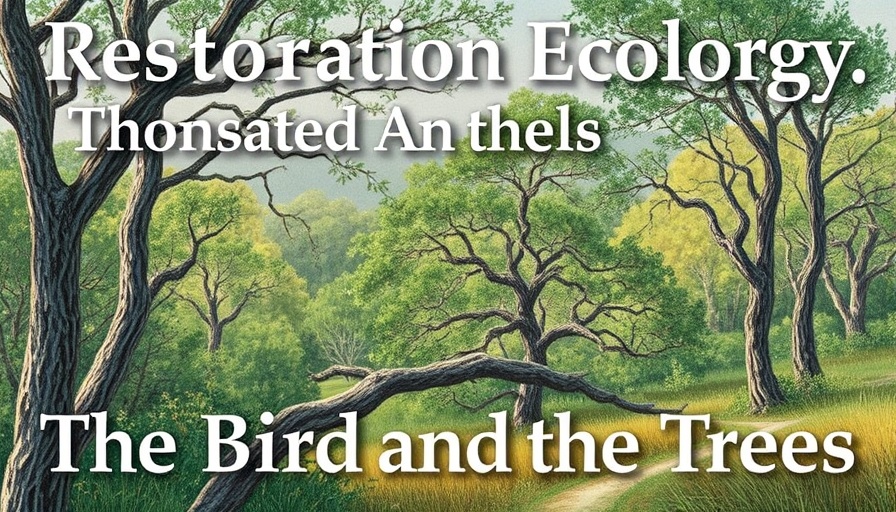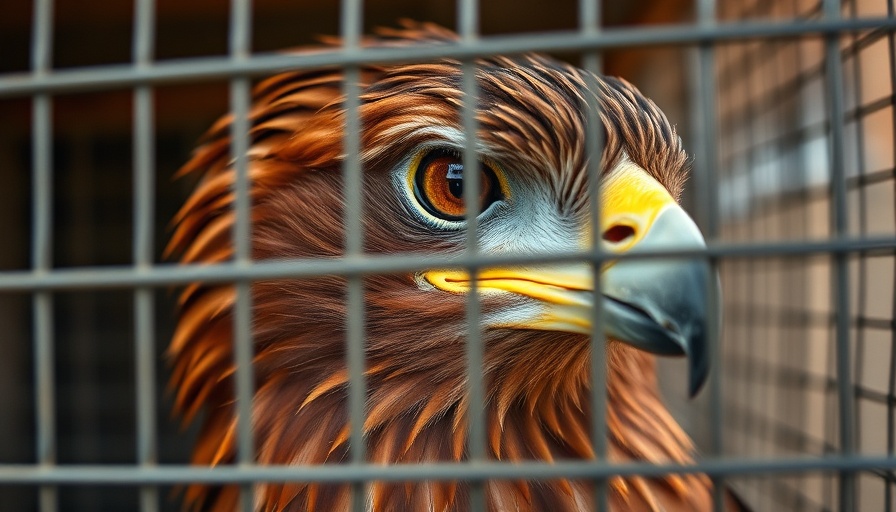
Understanding the Importance of August Molt for Birds
As summer transitions into fall, the avian world prepares for a significant transformation known as molt. In August, many birds have just completed the exhausting task of nesting and rearing their young. This time is crucial for a complete molt, a cyclic process where old feathers are shed to make way for new growth. This natural process isn't just a matter of grooming; it’s essential to their survival, especially for migratory species.
Why Do Birds Molt?
Feathers are vital for birds, offering insulation, waterproofing, and the ability to fly. Over time, exposure to the elements causes feathers to wear out. Birds like the Scarlet Tanager and the Hooded Warbler undergo molting shortly after their breeding season. This ensures they have a fresh set of feathers to endure the challenges ahead, particularly migration to Central America in September.
The Visual Transformation During Molt
One noteworthy aspect of the molt process is the visual change in birds. You may encounter songbirds that appear scruffy or patchy in their plumage, as if they are attempting to camouflage themselves. It’s not unusual to see birds missing entire feathers or appearing somewhat unkempt, particularly those with no tails. This may seem jarring, but it’s a temporary phase that leads to renewed vitality.
The Biochemical Process Behind Molt
Molt is not a random shedding of feathers; it's a controlled and simultaneous shedding of feathers where new growth unfolds. What’s fascinating is the timing and synchronization of this process across many species. Birds must complete this renewal within a robust timeframe to ensure they’re fit and ready for migration. Understanding this biochemical rhythm provides insight into their life cycles and habitats.
Emphasizing Connections with Nature
For birdwatchers and nature enthusiasts, August molt offers a unique opportunity to observe the dynamic life of birds closely. These transformations are not just biologically essential but also resonate with the observers, connecting us with the cycles of nature and the fragility of wildlife. Noticing these changing patterns ups the excitement for the upcoming fall migration.
Conclusion: Celebrating ongoing Avian Life
As we observe the avian world around us, recognizing the significance of molt helps deepen our appreciation for these resilient creatures. Each phase in their life cycle is vital, offering lessons in adaptation, survival, and beauty. Embrace the September migration and witness the art of nature’s transformation.
 Add Row
Add Row  Add
Add 




Write A Comment